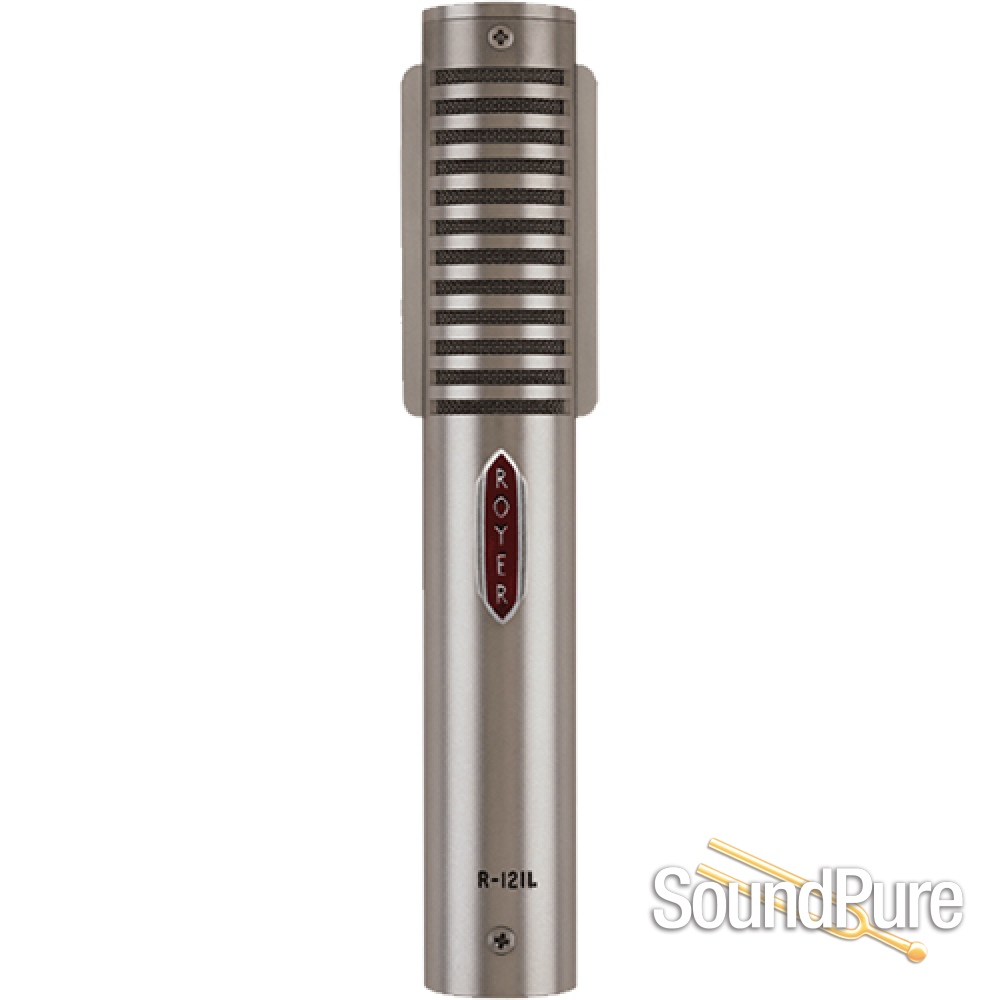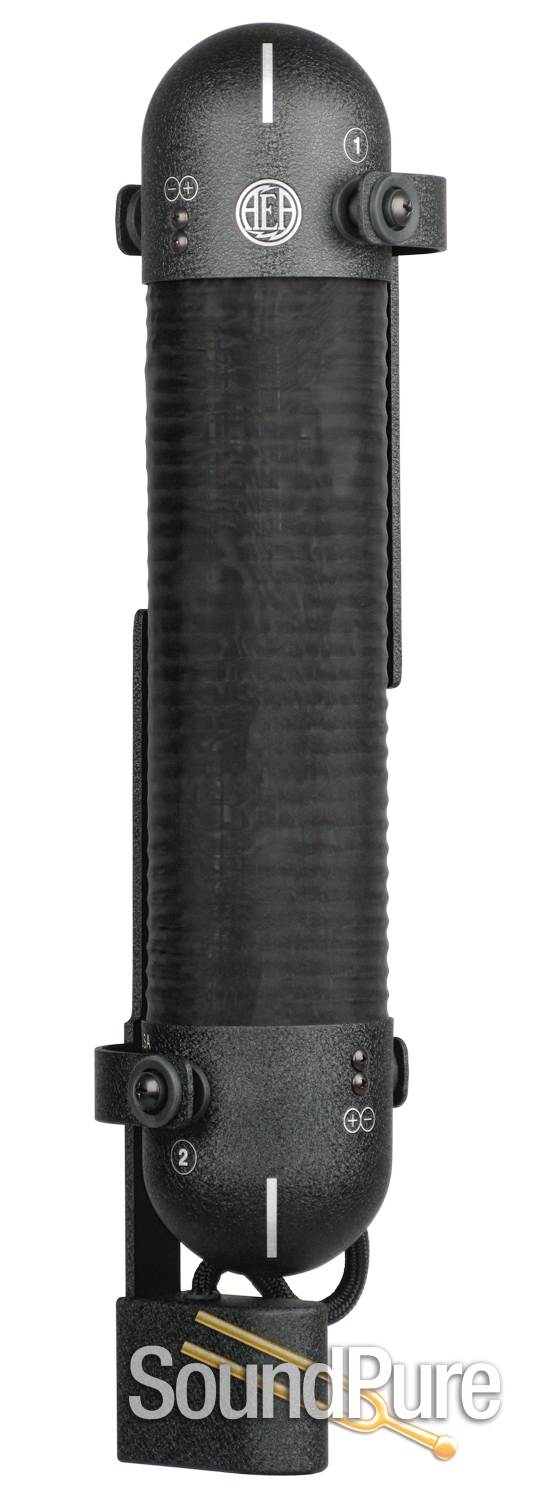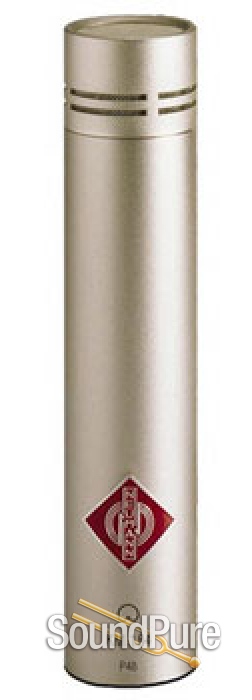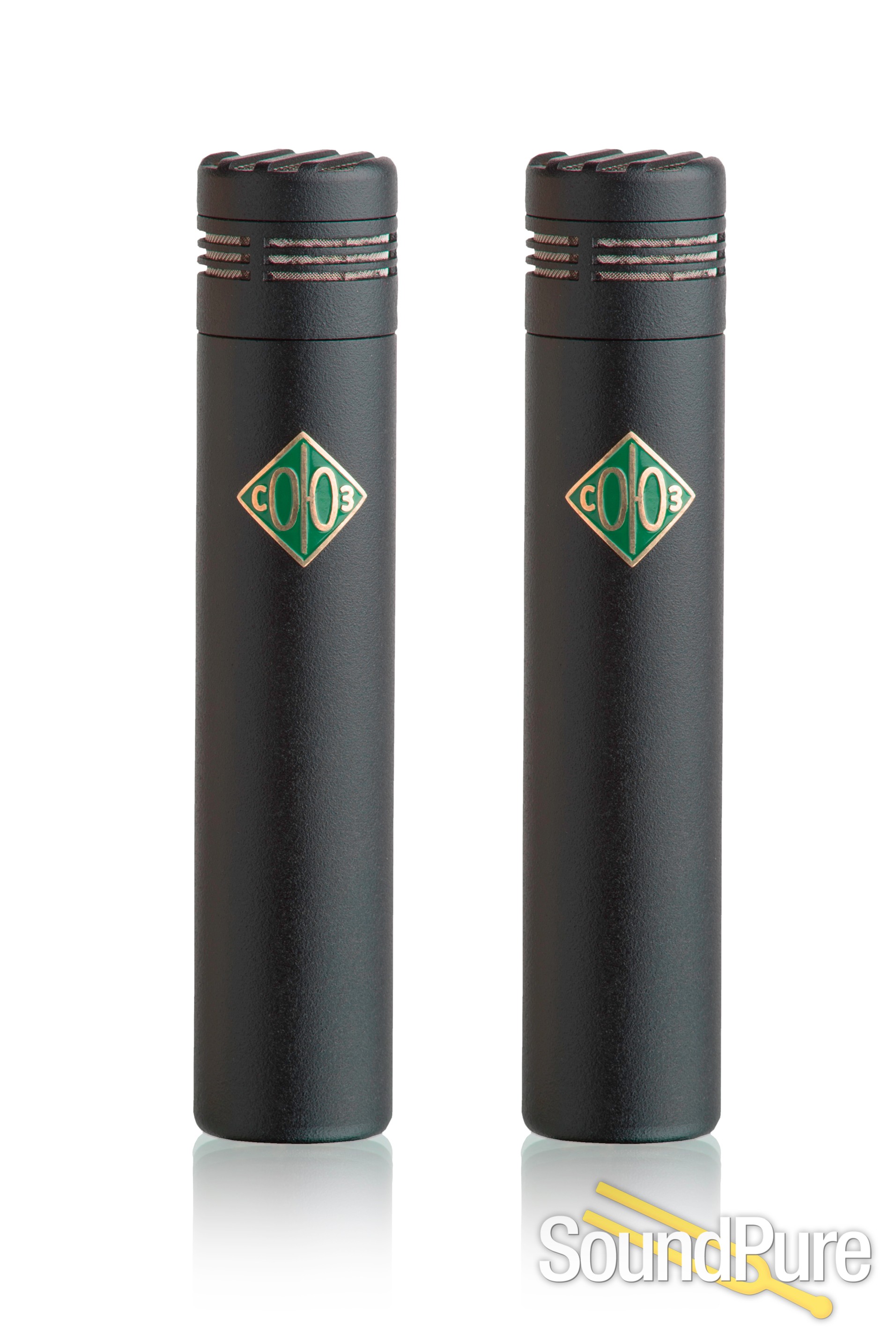Here we will discuss recording electric guitar by miking the front and back of an amp as well as using a room mic.
The front microphone is obviously going to give you the direct sound of the amplifier.
By blending in the back side of the amp, you get a full picture of the amp, and everything opens up a lot more, creating an airier sound. It also creates a nice, full picture of what the guitar sounds like in addition to the amplifier, and ultimately, what the player sounds like.
The Royer R-121 is considered the industry-standard for guitar recording. It’s the most popular of all ribbon microphones, and is very warm and smooth on electric guitar cab. It’s not only great on the front of the cab, it’s also ideal at capturing the backside of the amp. Any amplifier that has an open back where you can place the mic in a way where the mic has a clear view of the back side of the speaker is the type of amp that you would want to use for this recording.
The close mics on the front and the back are really reacting with the environment minimally, compared to what the room mic is. The back side is capturing a more ambient sound, but it is still the direct sound coming from the back side of the speaker whereas the room mic is really capturing how the amplifier is interacting with the room.
Choosing the right room mic will depend greatly on the room, guitar tone, and musical style of the recording. Most people would choose a Large Diaphragm Condenser (LDC) mic for this task, however more open ribbons like the AEA R88 (stereo) or R84 (mono) are also great choices, as would be a nice SDC (Small Diaphragm Condenser) like the Soyuz 013FET or Neumann KM 184. If you would like to discuss microphones with one of our experienced Sales Experts, in order to determine what mic would work best for you, please call us at 919-682-5552.
Royer Labs R-121 Live Series Ribbon Microphone
As with any multi-microphone recording technique, it is important to consider phase alignment when mixing to account for the different distances the mics will be from the source (speaker in this case).
Multi-mic electric guitar recording can be useful for most styles of music and it becomes dependent upon the mix and the tonality of the sound that you want to accomplish overall. It has been used especially in Rock and Blues styles, but really any recording where the guitar is featured up front and needs depth plus thickness would benefit from this technique.
This video goes into detail on why you would want to use multiple microphones on an amplifier as well as a room mic to record an electric guitar. Jason Richmond, SoundPure’s engineer also demonstrates several different ways to blend the three mics to achieve the sound you want for your mix.





